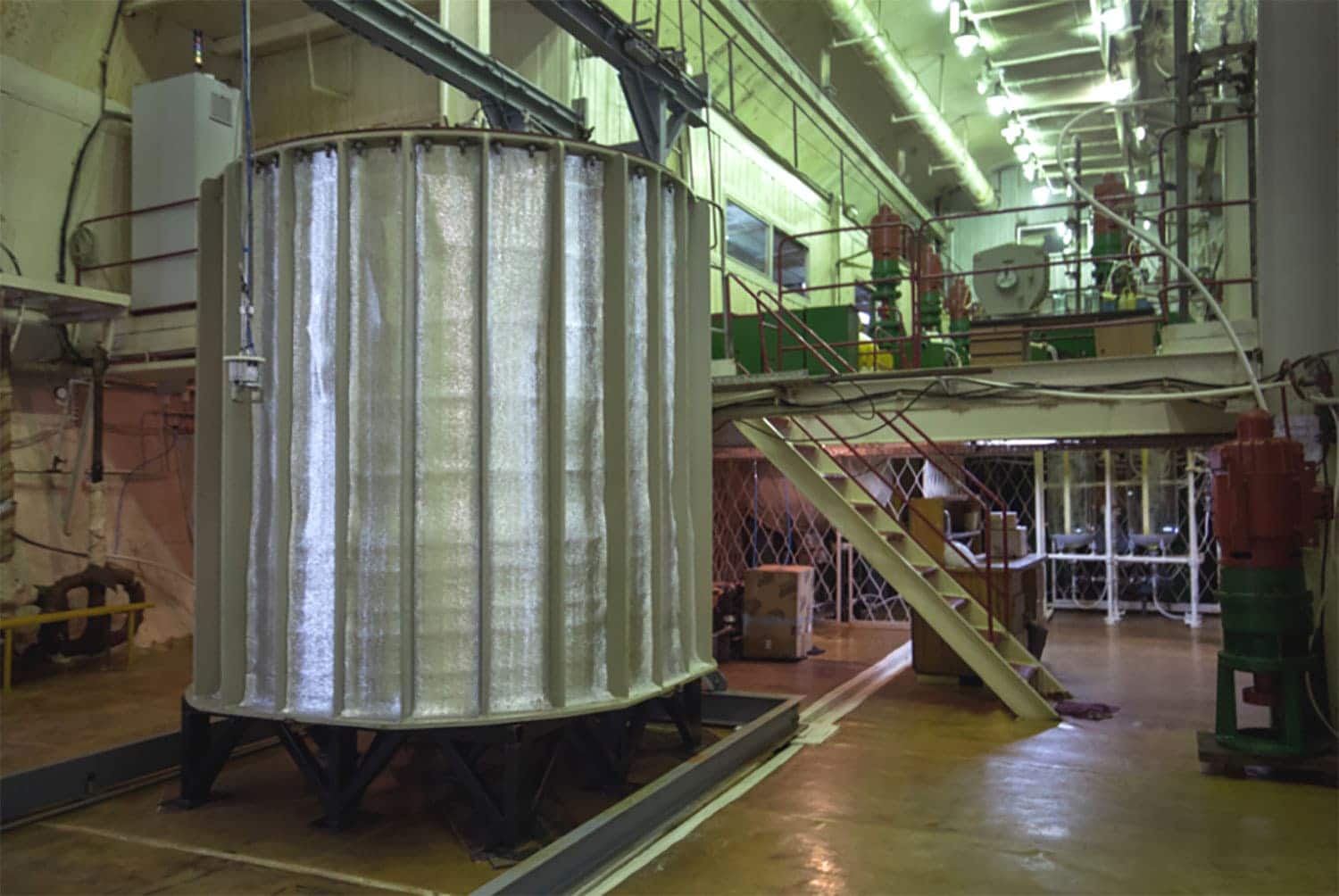
An experiment deep under the Caucasus Mountains finds fewer neutrinos than you would expect based on the theory. Are sterile neutrinos responsible for that?
Neutrinos: They continue to stir scientific minds. Last week we wrote about two American experiments, one of which thinks it has measured an excess of neutrinos, while the other has seen nothing crazy. This report revolves around a Russian detector that actually measured fewer neutrinos than expected. Both the US surplus and the Russian deficit could indicate a new particle: a so-called sterile neutrino.
Less germanium than expected
The Baksan Experiment on Sterile Transitions (BEST) is located about 3.5 kilometers below the Russian Caucasus Mountains in Russia. In addition, the lab where the experiment is located is surrounded by 60 centimeters of special concrete and 6 millimeters of steel; all to ward off disturbing outside influences.
The heart of BEST consists of 26 discs of radioactive chromium that emit neutrinos. Surrounding these discs is a sphere and a cylinder, both filled with liquid gallium, a metal that melts at 30 degrees Celsius. What should happen now and then is that such a neutrino converts a gallium atomic nucleus into an atomic nucleus of the element germanium.
You can calculate how often such a transformation takes place for a given supply of neutrinos. But you can also measure it by looking at how much germanium has formed in the gallium after a while. The BEST researchers now have the latter done† And they conclude: 20 to 24 percent fewer germanium nuclei are formed in the gallium than you would expect.
No discovery yet
BEST is not the first experiment to measure this phenomenon. Previously, the teams behind the SAGE and GALLEX experiments, which also used gallium, found the same thing. BEST can now confirm their strange measurements with a different setup.
Moreover, the chance that the result is due to chance is smaller with BEST than with the predecessors mentioned. You still cannot speak of a real discovery; the bar in this branch of science is too high for that. But the BEST result comes close enough to seriously scratch your head as a physicist.
Not in accounting
The big question then is: why is there less germanium than you would expect? One possibility is that some of the neutrinos from the chromium disks undergo a metamorphosis. They then change from an ordinary neutrino – insofar as you can ever speak of ordinary with neutrinos – into a sterile neutrino. And a sterile neutrino cannot turn gallium into germanium.
In fact, a sterile neutrino can do next to nothing. These hypothetical particles do not interact with other particles in any way. The only way they affect their environment is through gravity – and that force is so weak that it plays no role on a particle scale.
That extreme shyness makes sterile neutrinos virtually immeasurable. Unless every now and then an ordinary neutrino changes into such a sterile neutrino. And as a result, it is missing from the accounts of an experiment such as SAGE, GALLEX or BEST.
Quite a challenge
Now, of course, it could also be that something completely different is going on here. But the scientific articles about the BEST result show that the researchers themselves have no idea what that ‘something’ should be. “Other explanations without sterile neutrinos are possible, but then there would have to be some fundamental misconception within nuclear or atomic physics,” they write. in the magazine Physical Review C†
For future experiments with gallium, you would actually like to work with a more compact, and therefore more powerful source of neutrinos, the researchers continued. Then the inside of the sphere with liquid gallium could be closer to the neutrino source, and you can see over shorter distances how much gallium the neutrinos are able to convert into germanium. But according to the BEST team, that is quite a challenge.
The finger on it
Nevertheless, it seems very worthwhile to continue this type of research. Whether it has something to do with sterile neutrinos or not, there is something crazy going on in various neutrino experiments. And who knows what it will bring us if physicists manage to get their finger on it.
Source material:
†Results from the Baksan Experiment on Sterile Transitions (BEST)” – Physical Review Letters
†A search for electron-neutrino transitions to sterile states in the BEST experiment” – Physical Review C
†Experiment results confirm anomaly suggesting new physics possibility” – Los Alamos National Laboratory
Astroparticle physicist Krijn de Vries (Free University of Brussels)
Image at the top of this article: AA Shikhin